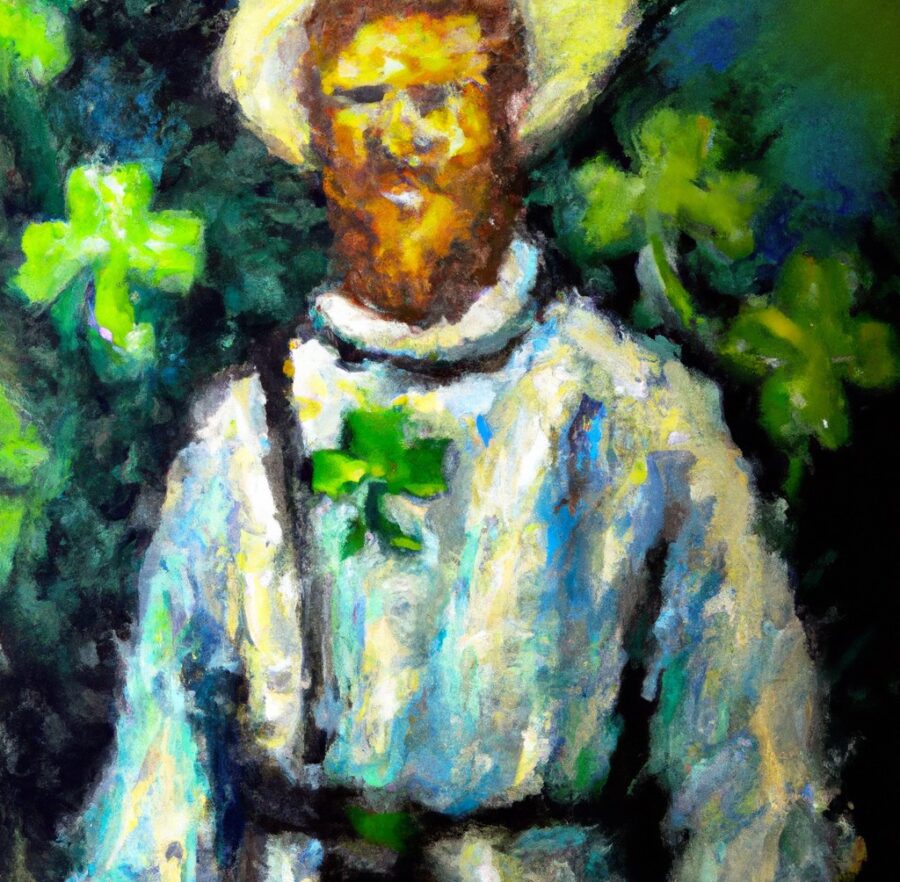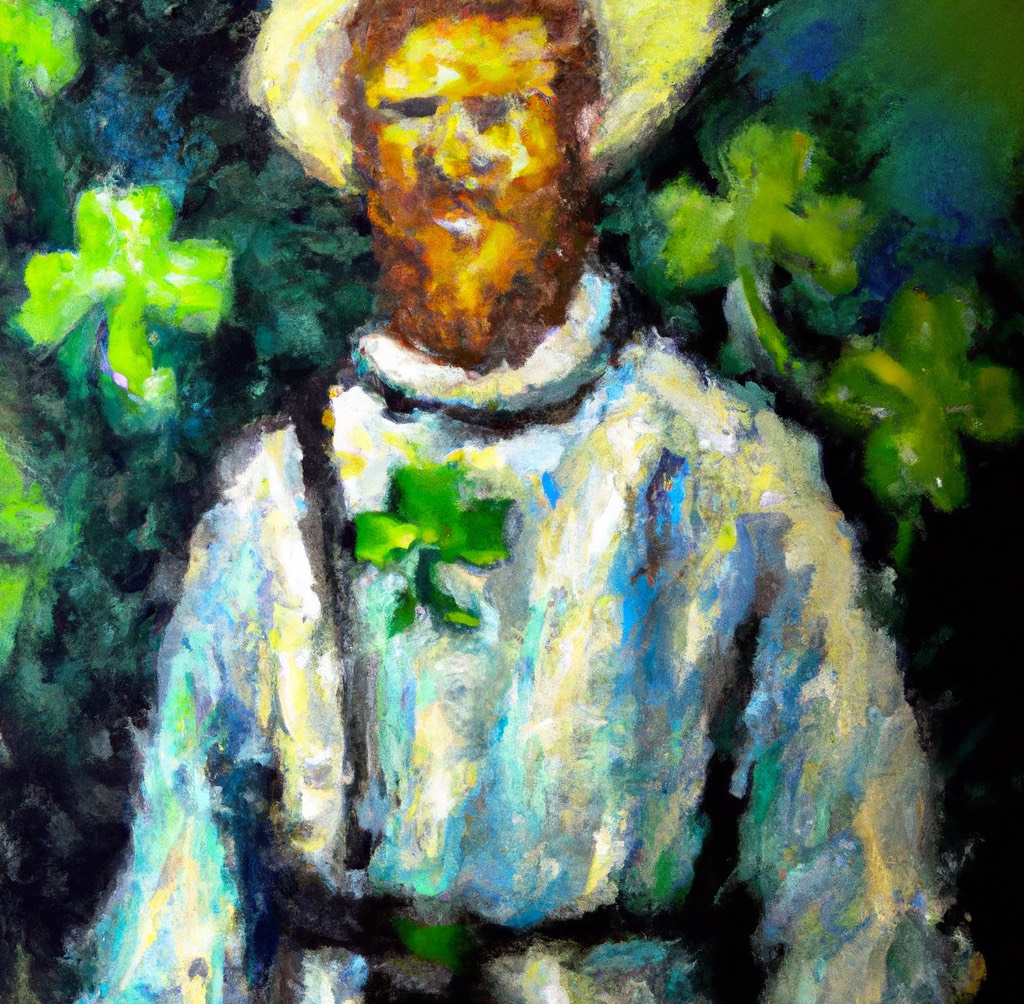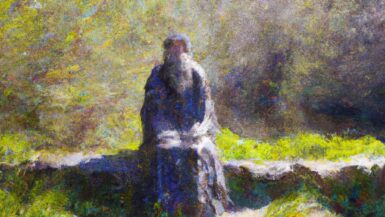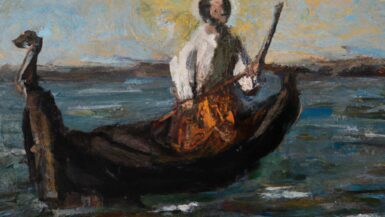St. Patrick, the patron saint of Ireland, is a figure shrouded in history, legend, and folklore. Born in the late 4th century, his life and deeds have been celebrated for over a millennium. His exploits have become integral to Irish culture, and his influence has spread far beyond the Emerald Isle’s borders. This article aims to demystify the life and legacy of this revered saint.
Early Life
St. Patrick, originally named Maewyn Succat, was born in Britain, which was part of the Roman Empire during that time. Although the exact location of his birth is unknown, it is believed to be in the region of modern-day England, Scotland, or Wales. His father, Calpurnius, was a deacon from a Roman family of high social standing. Despite this religious connection, Patrick was not particularly religious in his early years.
In his teens, around 405 A.D., Patrick’s life took a dramatic turn when he was kidnapped by Irish raiders and taken as a slave to Ireland. During his six years in captivity, he worked as a shepherd. This period was transformative for Patrick, leading him to turn towards his Christian faith for comfort and guidance.
Spiritual Awakening and Escape
It was during his captivity that Patrick experienced a profound spiritual awakening. His faith became the source of his strength, transforming his fear and despair into hope and resilience. Patrick began to pray frequently, developing a deep and personal relationship with God.
According to his writings, Patrick had a dream in which God told him to flee from his captors. Trusting in this divine guidance, Patrick made a daring escape, traveling more than 200 miles to the coast. He managed to board a ship and, after a harrowing journey, returned home to Britain.
Becoming a Missionary
Once back in his homeland, Patrick had another vision. In this dream, the people of Ireland were calling out to him, pleading for him to return and bring them Christianity. Inspired by this vision, Patrick decided to devote his life to the church. He studied theology and was eventually ordained as a priest by St. Germanus, the bishop of Auxerre.
Patrick’s mission led him back to the very place from which he had escaped. He returned to Ireland in 433 A.D., determined to convert the Irish to Christianity.
Mission in Ireland
Patrick’s mission in Ireland was not without challenges. The Druids, who were part of the Celtic religion prevalent in Ireland, opposed his teachings. Despite the opposition, Patrick remained steadfast, using innovative methods to spread Christianity.
One of the most well-known stories about St. Patrick involves the shamrock, a three-leaved plant native to Ireland. Patrick is said to have used the shamrock to explain the concept of the Holy Trinity – Father, Son, and Holy Spirit – to the Irish people.
Converting the Irish
Patrick’s tireless efforts began to bear fruit. He baptized thousands of people, ordained priests to lead new Christian communities, and converted wealthy women and members of the royal family, which helped to increase Christianity’s influence. He also established monasteries, schools, and churches throughout Ireland, which played pivotal roles in preserving Christian teachings during the Middle Ages.
The Legend of Driving Out Snakes
One of the most enduring legends associated with St. Patrick is that he drove the snakes out of Ireland. According to this myth, Patrick stood on a hill, now known as Croagh Patrick, used a wooden staff to drive all the snakes into the sea, freeing Ireland from these slithering creatures. However, this is widely considered to be symbolic, representing Patrick’s efforts to eradicate pagan practices.
Later Life and Death
After 40 years of dedicated missionary work, Patrick retired to County Down. He spent his final years in solitude and prayer, passing away on March 17, around 461 AD. Although he was never formally canonized by a pope, his widespread recognition as a saint in the centuries following his death stands as a testament to his enduring influence.
St. Patrick’s Day
Over the centuries, March 17, the day of St. Patrick’s death, has been commemorated as St. Patrick’s Day. Initially, it was observed as a religious holiday, but over time, it has evolved into a global celebration of Irish culture.
One of the most enduring traditions of St. Patrick’s Day is the wearing of green. This is said to have originated from the legend of Patrick using the green shamrock to explain the Holy Trinity. The day is marked with parades, music, and dance, along with public readings of St. Patrick’s writings.
Legacy
St. Patrick’s influence is still palpable in modern-day Ireland. His introduction of Christianity led to significant cultural changes in Irish society. The monastic institutions he established became centers of learning, preserving not only Christian teachings but also classical texts during the European Dark Ages.
Moreover, the legends and stories about St. Patrick have become deeply woven into the fabric of Irish culture and identity. His emblem, the shamrock, is recognized worldwide as a symbol of Ireland.
St. Patrick in Art and Literature
St. Patrick’s life and deeds have also inspired countless works of art and literature. He has been depicted in stained glass windows, statues, and paintings. His writings, most notably “Confessio,” provide a unique insight into his experiences, beliefs, and spiritual journey.
In literature, authors from James Joyce to Frank McCourt have referenced St. Patrick, reflecting his continued relevance and influence. His life continues to inspire filmmakers, playwrights, and musicians.
Conclusion
St. Patrick’s life – his capture, enslavement, escape, and return to Ireland – is a remarkable story of resilience, faith, and transformation. His impact on Ireland was profound, and his legacy endures more than 1,500 years after his death. Today, St. Patrick is not only a symbol of Ireland but also a beacon of faith and courage worldwide.
In understanding the life of St. Patrick, we see an example of how a single individual’s conviction and resilience can usher in significant cultural changes. His life serves as a testament to the enduring power of faith and the potential within each of us to transform our circumstances and make a lasting impact on the world.
Even though St. Patrick’s Day is often associated with parades and festivities, at its heart, it is a celebration of a man whose faith and determination left an indelible mark on Ireland and the world.







Leave a reply